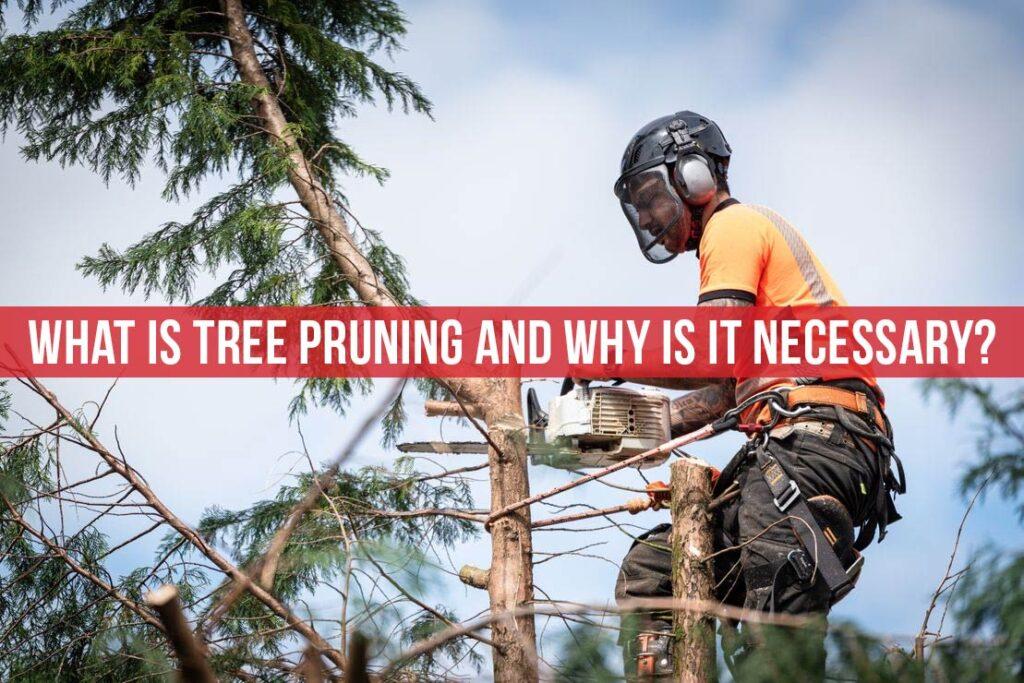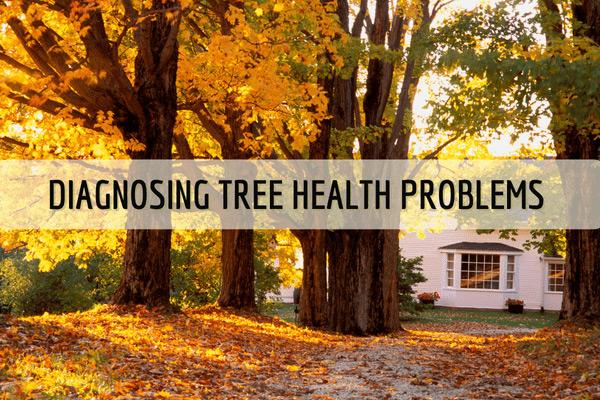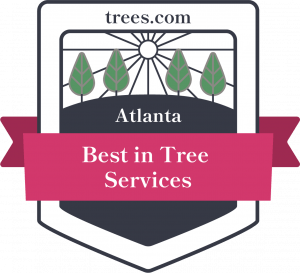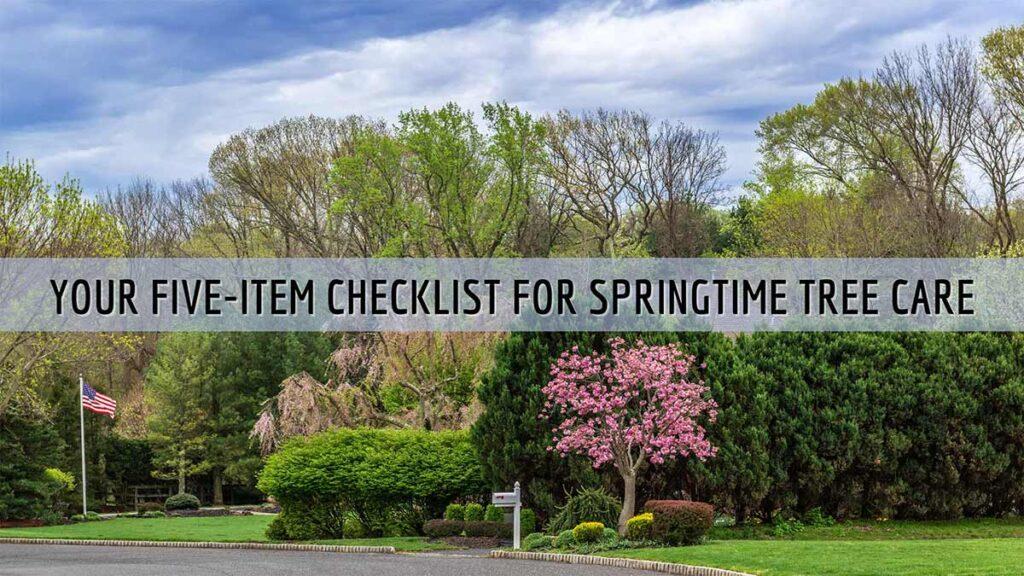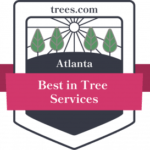In the early days of America, pioneers faced a multitude of challenges, one of which was ensuring the safety of their homes and properties. Clearing trees from around their homes was a common practice to mitigate risks such as fire hazards, the dangers of falling branches, and wild animal encounters. However, as times have changed, so have building practices. Today, builders often leave trees intact due to the associated costs, posing potential risks for homeowners. In this article, we will explore how pioneers of America cleared trees for safety reasons and compare these practices with modern construction methods, with a focus on the hazards trees pose to homeowners.
As we look back to the early days of America, it’s essential to understand how pioneers prioritized safety when it came to their homes and properties. The practice of clearing trees was commonplace in an era when resources were limited, and the wilderness posed numerous threats. In contrast, modern builders often leave trees intact due to the expenses involved, leaving homeowners to face potential risks. Let’s dive in and explore the historical and contemporary perspectives on tree clearing for safety and its implications, with a focus on the hazards trees pose to homeowners.
The Pioneers’ Approach to Trees
Clearing Trees for Safety
Pioneers faced a harsh and untamed wilderness. To secure their homes and families, they would clear the land surrounding their dwellings. This ensured that there were fewer fire hazards, reduced the risk of falling branches, and minimized wild animal encounters. The act of clearing trees required significant physical effort, but it was considered a necessity for survival.
In addition to safety, pioneers recognized the practical value of cleared trees. Trees felled during the clearing process provided essential resources for their daily lives. These resources included building materials for constructing homes and other structures, firewood for heating and cooking, and even materials for constructing fencing to protect livestock.
Building with Limited Resources
Early settlers often had limited building materials and tools. Clearing trees not only provided a safer environment but also yielded valuable resources for constructing their homes and other essential structures. Trees were used for building materials, firewood, and even as a means of fencing. Every tree cleared served a dual purpose, enhancing both safety and sustainability.
Modern Building Practices
The Cost Factor
In the modern era, builders face different challenges. Clearing trees has become an expensive undertaking due to the costs associated with tree removal, including equipment, labor, and potential legal restrictions. Consequently, builders often choose to work around existing trees, even if it means compromising safety to some extent.
The costs involved in tree removal can vary significantly depending on the size and location of the trees. Heavy machinery and skilled labor are often required, adding substantial expenses to construction projects. Moreover, in some areas, there are regulations in place that restrict or prohibit the removal of certain tree species, further complicating the process.
Dangers of Trees for Homeowners
One significant concern in modern building practices is the potential hazards trees pose to homeowners. While cost savings are a driving factor for builders, homeowners may find themselves at risk due to trees that are dangerous or pose a risk being left on a property.
Fire Hazards
In regions prone to wildfires, the proximity of trees to homes can create a significant fire risk. Embers from nearby wildfires can ignite trees, and flames can spread rapidly. Modern homeowners often implement fire mitigation strategies such as creating defensible spaces around their properties, using fire-resistant building materials, and maintaining firebreaks.
Falling Branches and Property Damage
Trees near homes can pose a hazard for homeowners due to falling branches. During storms or due to age and disease, branches can break and potentially cause property damage or injury to residents. Modern homeowners must assess the health and condition of trees near their properties and take measures to mitigate potential risks. Pruning and regular tree maintenance are essential to reduce the chances of branches falling and causing harm to structures or individuals.
Wildlife Encounters
The proximity of trees can attract wildlife, leading to encounters that pose risks to homeowners. Modern homeowners often encounter wildlife such as raccoons, squirrels, and even larger animals like deer in their yards. While these encounters can be exciting, they can also lead to property damage and safety concerns. Homeowners may need to employ humane methods to deter wildlife from venturing too close to their homes.
Balancing Safety vs. Cost
Modern builders must strike a balance between safety and cost-effectiveness. While clearing trees can enhance safety, it can also strain budgets. Finding a middle ground that prioritizes safety without breaking the bank remains a challenge.
Builders face the complex task of weighing safety concerns against financial constraints. While safety should always be a priority, the high costs associated with tree removal can impact project budgets significantly. Builders often collaborate with arborists and ecologists to make informed decisions about which trees to preserve and how to minimize safety risks while keeping costs manageable.
Conclusion
In comparing the practices of pioneers in clearing trees around their homes for safety reasons with modern building practices, we see a significant shift. Pioneers cleared trees out of necessity, while today’s builders face economic considerations that often lead to the preservation of trees, even when they pose hazards to homeowners. This evolution reflects changing values and priorities in our society.
If you suspect that you have hazardous trees on your property, don’t hesitate to seek professional help. Tomahawk Tree Service specializes in hazardous tree inspections and removals. We can assess the condition of your trees and provide solutions to mitigate risks. Remember, your safety comes first, and taking proactive measures can protect your property and the well-being of your family. Contact Tomahawk Tree Service today to schedule an inspection and ensure the safety of your home.
